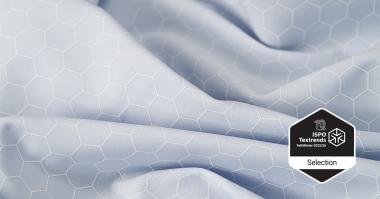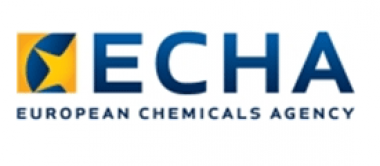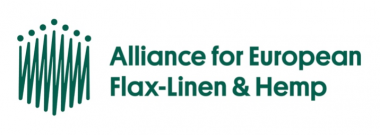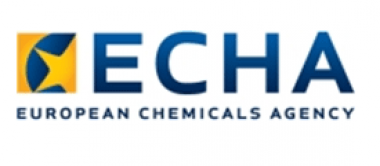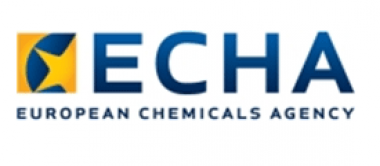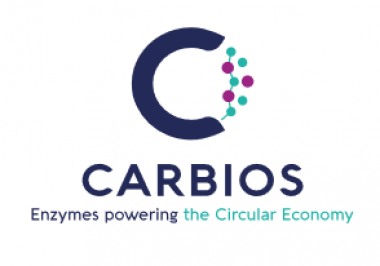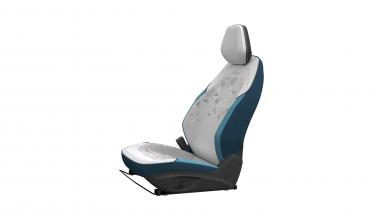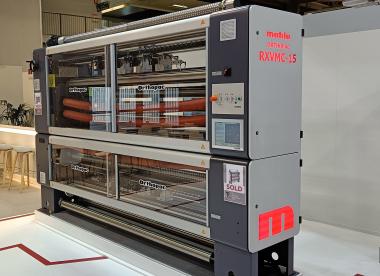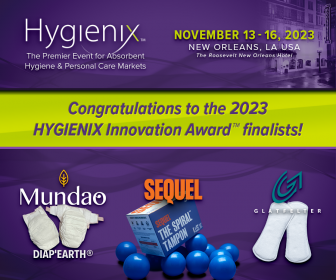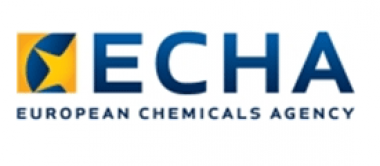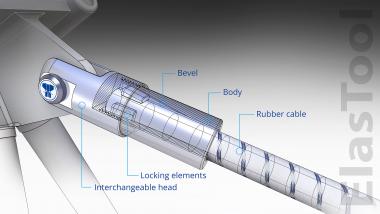Hologenix honored twice in ISPO Textrends Awards
Twice a year ISPO recognizes innovative fibers, fabrics and components that are used to manufacture sports apparel. Two innovations from Hologenix have scored wins in the ISPO Textrends Fall/Winter 2025/2026 Awards: CELLIANT® with REPREVE® Nylon, introduced with textile solutions provider UNIFI®, makers of REPREVE®, and CELLIANT® Print. They were both Selections in the Fibers & Insulations Category.
CELLIANT with REPREVE Nylon
CELLIANT with REPREVE Nylon consists of CELLIANT infrared (IR) technology embedded into REPREVE. REPREVE creates high-quality fibers made from 100% recycled materials, including post-consumer plastic bottles and preconsumer waste. CELLIANT with REPREVE Nylon is strong and durable with great stretch and a silky hand. It is ideal for underwear, stockings, tights/leggings, socks, seamless knits, baselayers and many other categories. With CELLIANT’s ability to convert body heat into infrared energy, improving local circulation and cellular oxygenation, it also provides performance for outdoor/sportswear, outerwear, swimwear among other categories. This is the second carrier type for CELLIANT with REPREVE, as it was introduced in polyester last fall and won three awards.
CELLIANT Print
CELLIANT Print makes the natural blend of IR-generating bioceramic minerals more widely available from Hologenix as a printed coating, expanding the uses of the technology. Traditionally, CELLIANT has been embedded directly into fibers, yarns and fabrics. However, for its print applications, CELLIANT fine mineral powder can be adhered to many different fabric types as a topical coating, making CELLIANT Print a versatile and cost-effective solution. Key CELLIANT partners, such as Under Armour with their UA RUSH™ line, and KT Tape with its PRO Oxygen™ kinesiology tape utilize CELLIANT Print. Safe and CELLIANT® Print CELLIANT® with REPREVE® Nylon durable, CELLIANT Print has undergone mechanical testing for wash tests and can be confirmed to last the useful life of the product, for 50+ washes.
Hologenix, LLC


